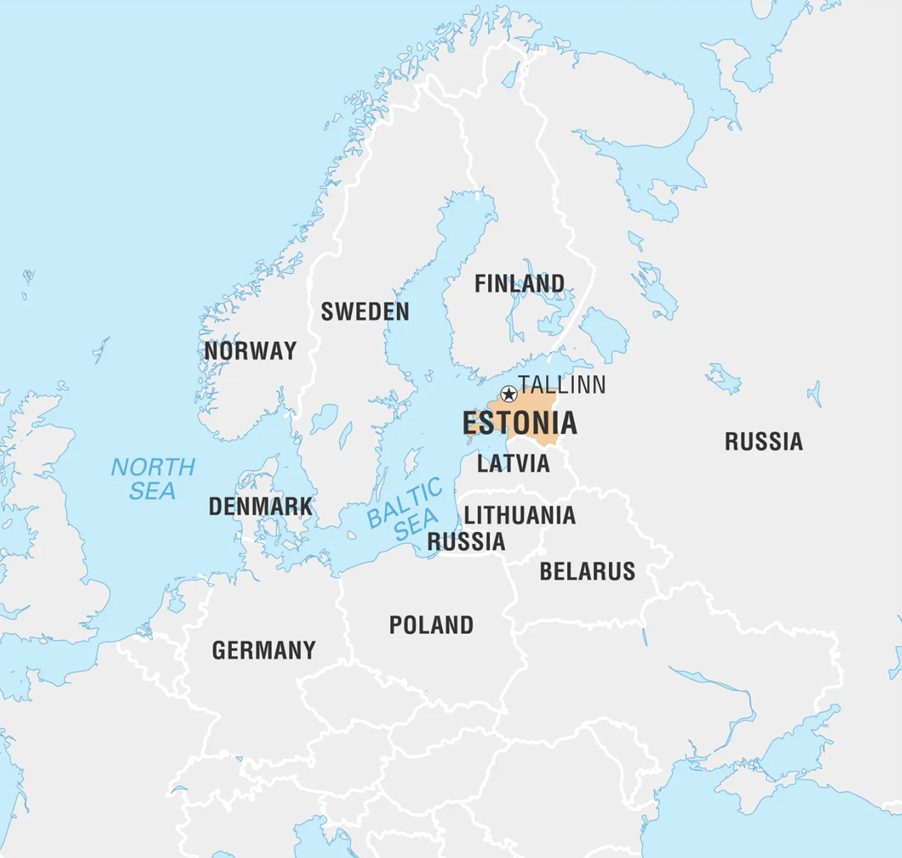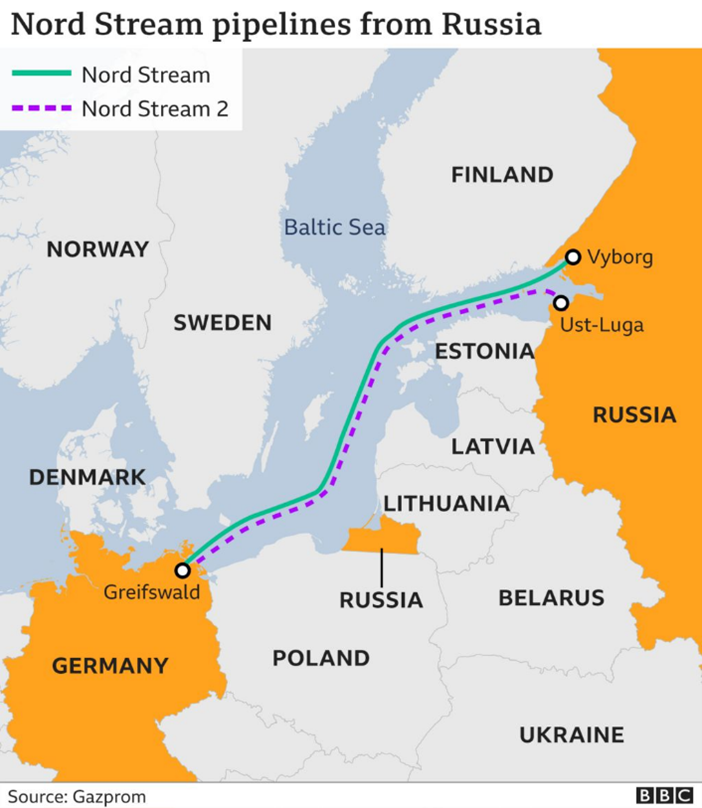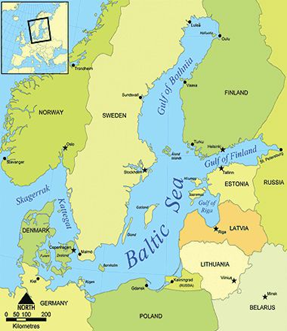IASbaba's Daily Current Affairs Analysis
Archives
(PRELIMS & MAINS Focus)
Syllabus
- Prelims & Mains – SCIENCE, CURRENT EVENT
Context: Exploration of lithium in Chhattisgarh’s Korba district has moved a step further with one block advancing to the second round of auctions and promising deposits now being found in the initial exploration of another block, according to latest information available with the Union Mines Ministry.
Background:-
- The reassuring signs from Korba come after a series of roadblocks in the endeavour to develop India’s first lithium mine including the cancellation of auction of a lithium block in Jammu and Kashmir’s Reasi district due to insufficient investor interest, shelving of exploration plans in Manipur’s Kamjong district due to “local resistance”, and “not encouraging” results from exploration in Ladakh and Assam.
Key takeaways
- In Korba, just south of the lithium block currently under auction, a private exploration company funded by the National Mineral Exploration Trust (NMET) has found hard rock lithium deposits ranging from 168 to 295 parts per million (ppm). Further exploration could pin down the reserves estimate to a large number.
- Since November, the mines ministry has put 38 blocks of critical minerals up for auction, including two lithium blocks — one in J&K’s Reasi district and another in Chhattisgarh’s Korba district.
- Of the two lithium blocks, only the Korba block garnered enough investor interest for the auction process to continue, while the Reasi block had to be annulled and was reoffered in a fresh tranche of auction in March.
- Preliminary surveys in Korba found lithium concentrations in bedrock samples ranging from 10 to 2,000 ppm, whereas exploration in Reasi showed lithium deposits exceeding 200 ppm.
- According to mining sector experts, the potentially lower concentration of lithium in the J&K block, coupled with the need for expensive mineral extraction infrastructure, could explain the weak investor interest.
- Lithium concentration alone does not determine extraction viability. Lithium found in hard rock granites and pegmatites, like in India, is significantly harder to extract.
Additional Information:
- Lithium is a soft, silvery-white alkali metal, which is a vital ingredient of rechargeable lithium-ion batteries that power electric vehicles, laptops, and mobile phones.
- With lithium demand having grown significantly over the past few years and set to rise further going forward, there is a global rush for mining the critical mineral.
- India currently imports all the lithium it needs.
- Khanij Bidesh India Limited (KABIL), a joint venture of three public sector companies under the Mines Ministry, secured rights to explore, develop, and extract lithium across five blocks in Argentina’s Catamarca province earlier this year.
Source: Indian Express
Syllabus
- Prelims & Mains – GEOGRAPHY
Context: Estonia, one of the world’s most advanced digital countries, is looking to partner with India to collaborate on strengthening the two countries’ cybersecurity infrastructure.
Background:
- Estonia, courtesy its vicinity to Russia, faces a barrage of cyberattacks from the country, more so because of the former’s stance on the war between Russia and Ukraine.

About ESTONIA
- Estonia, officially theRepublic of Estonia, is a country by the Baltic Sea in Northern Europe.
- It is bordered to the north by theGulf of Finland across from Finland, to the west by the sea across from Sweden, to the south by Latvia, and to the east by Lake Peipus and
- The territory of Estonia consists of themainland, the larger islands of Saaremaa and Hiiumaa, and over 2,300 other islands and islets on the eastern coast of the Baltic Sea.
- Tallinn, thecapital city, and Tartu are the two largest urban areas of the country.
- Estonia wasrepeatedly contested, invaded, and occupied; by the Soviet Union in 1940, then by Nazi Germany in 1941, and was ultimately reoccupied in 1944 by, and annexed into, the USSR as an administrative subunit (Estonian SSR).
- Following the 1988–1990 bloodless Estonian “Singing Revolution” against the Soviet rule, the nation’s full independence was restored on20 August 1991.
- Estonia is adeveloped country, with a high-income advanced economy, ranking 31st (out of 191) in the Human Development Index.
- Thesovereign state of Estonia is a democratic unitary parliamentary republic, administratively subdivided into 15 maakond (counties).
- With a population of just around 1.4 million, it is one of the least populous members of theEuropean Union, the Eurozone, the OECD, the Schengen Area, and
- Estonia has consistently ranked highly in international rankings forquality of life, education, press freedom, digitalisation of public services and the prevalence of technology companies.
Need for strengthening the two countries’ cybersecurity infrastructure:
- Estonia faced one of the largest cyberattacks on its digital infrastructure in 2007 by means of a distributed denial of service (DDoD) attack.
- Since the war between Russia and Ukraine, the country has experienced similar threats from Russian actors. India have previously said that New Delhi faces much of a similar challenge from Beijing, where a group of independent, and state-backed actors have increased attacks on critical infrastructure in New Delhi.
- The ties between Estonia and India are increasingly growing. An Indian contingent was, for the first time, observers in anNATO-run cyber security exercise in Estonia last month. The exercise was the largest of its kind in Europe.
Source: PIB
Syllabus
- Mains – GS 2
Context: Delhi hosted Bangladeshi Prime Minister Sheikh Hasina over the weekend for the first state visit by a foreign leader during PM Modi’s third term.
Background:
- Hasina was in Delhi barely two weeks earlier for the swearing-in of Modi and that the two PMs have met 10 times over the past year underlines the intensity of the engagement.
Key Takeaways
- The two countries have promised to focus on the unfinished agenda of connectivity that includes the easing of visa procedures, freer movement of goods, cross-border energy and electricity flows, and the building of digital bridges.
- Bangladesh has emerged as one of India’s most important trade partners.
- Delhi and Dhaka now propose to commence the long overdue negotiations on a Comprehensive Economic Partnership Agreement (CEPA).
- Free trade across India’s longest frontier to the second-largest economy in the Subcontinent is an urgent regional imperative amidst the breakdown of the global trading order.
- As one of the world’s fast-growing economies, Bangladesh is a natural partner for India in rearranging of the South Asian regional economic order.
- Hasina and Modi have also outlined the ambition to modernise the bilateral defence relationship that has fallen behind the pillars of commerce and connectivity. This would involve wide-ranging collaboration between the armed forces of the two countries, defence industrial partnership, and Delhi’s support for the modernisation of Dhaka’s armed forces.
- A substantive bilateral defence partnership will contribute to maintaining stability in the wider Indo-Pacific region through collaboration on disaster mitigation and building resilient infrastructure.
- Expanded regional and international collaboration between Delhi and Dhaka will also help promote the Global South’s collective interests.
Source: Indian Express
Syllabus
- Prelims – GEOGRAPHY
Context: According to a new study by researchers from the University of Gothenburg, a significant portion of the methane gas released from the ruptured Nord Stream pipelines in the Baltic Sea last September never made it into the atmosphere.
Background:
- The Nord Stream pipelines in the Baltic Sea have been a topic of concern due to their environmental impact.
Key Takeaways:


- Nord Stream is a network of offshore natural gas pipelines that run under the Baltic Sea from Russia to Germany, providing Western Europe with natural gas.
- It comprises two separate projects:
- Nord Stream 1 (NS1): This pipeline runs from Vyborg in northwestern Russia near Finland and entered service in 2011. It is operated by Nord Stream AG. NS1 was the first pipeline to bypass Ukraine and Poland, delivering Russian natural gas directly to Western Europe.
- Nord Stream 2 (NS2): NS2 runs from Ust-Luga in northwestern Russia near Estonia. Although completed in 2021, it did not enter service due to Germany withholding opening permission. This decision was made after Russia recognized the Ukrainian separatist regions of Donetsk and Luhansk as independent. The United States opposed NS2, citing concerns about German dependence on Russian energy, and imposed sanctions on companies involved in the project.
Significance:
- For Europe: Nord Stream provides a reliable and cost-effective natural gas source, crucial for many European countries. Reducing gas supply from Russia could impact domestic gas prices.
- For Russia: Around 40% of Russia’s budget comes from gas and oil sales. Nord Stream also enhances Russia’s influence over Europe’s energy markets.
Source: Science Daily
Syllabus
- Prelims – POLITY
Context: The Kerala Legislative Assembly has unanimously adopted a resolution urging the Centre to officially change the state’s name to ‘Keralam’.
Background:
- Chief Minister Pinarayi Vijayan reasoned that the state’s name is ‘Keralam’ in Malayalam. The Assembly requests the Centre to amend the state’s name under Article 3 of the Constitution and have it changed to ‘Keralam’ in all the languages mentioned in the Eighth Schedule of the Constitution.
Renaming State
- The renaming of a state can be initiated either by the Parliament or the State Legislature.
- The renaming of a state requires Parliamentary approval under Article 3 and 4 of the Indian Constitution.
- Parliament Initiation:
- A bill for renaming a state may be introduced in the Parliament on the recommendation of the President.
- Before introducing the bill, the President sends it to the respective State Assembly for their views within a stipulated time.
- The views of the state assembly are not binding on either the President or the Parliament.
- After the stipulated period, the bill is deliberated in Parliament and must be passed by a simple majority to become law.
- The bill then receives Presidential approval, and the state’s name stands modified.
- State Initiation:
- If a fresh proposal comes from a state, the Home Ministry prepares a note for the Union Cabinet.Central Government will create a bill.
- The bill is sent to state assembly for taking views following which it is introduced in Parliament.It needs approval by a simple majority.
- Once approved, the President gives assent, and the state’s name is officially changed.
Source: NDTV
Syllabus
- Prelims & Mains – GEOGRAPHY
Context: West Bengal Chief Minister Mamata Banerjee expressed strong objections to Indian Prime Minister Narendra Modi regarding the ongoing Teesta and Farakka river talks with Bangladesh.
Background:
- During Prime Minister Sheikh Hasina’s recent visit to India, both nations agreed to collaborate on conserving the Teesta River and renewing the Farakka water-sharing treaty, set to expire in 2026.
About Teesta:
- The Teesta River originates from the Pahunri glacier in Sikkim, India.
- It flows southward through the Sikkim Himalayas, passing by the town of Rangpo.
- Teesta is a glacier-fed river, much like other major Himalayan rivers in India, including the Ganga.
- Course
- After Sikkim, the river enters West Bengal, where it continues its journey.
- Eventually, it crosses the border into Bangladesh and empties into the Bay of Bengal.
- Tributaries:
- Left-bank Tributaries: Lachung Chhu, Chakung Chhu, Dik Chhu, Rani Khola, Rangpo Chhu.
- Right-bank Tributaries: Zemu Chhu, Rangyong Chhu, Rangeeth River.
- Water Conflict:
- The Teesta River water conflict remains a contentious issue between India and Bangladesh.
- Both countries seek equitable sharing of the river’s waters, but challenges persist.
- The Teesta Barrage dam plays a role in providing irrigation for the plains between the upper Padma and the Jamuna rivers.
- Significance:
- The Teesta is the largest river in Sikkim and the second largest in West Bengal, following the Ganges.
- In Bangladesh, it merges with the Brahmaputra, which eventually flows into the Bay of Bengal.
Source: Hindu
Practice MCQs
Q1.) With reference to river Teesta, consider the following statements:
- The Teesta River originates from the Pahunri glacier in Sikkim.
- It flows through the Assam and West Bengal.
- It merges with the Brahmaputra in Bangladesh.
How many of the statements given above are correct?
- Only one
- Only two
- All three
- None
Q2.) With reference to the renaming of a state, consider the following statements:
- The renaming of a state can be initiated only by the State Legislature.
- Before introducing the bill, the President sends it to the respective State Assembly for their views within a stipulated time.
- The views of the state assembly are not binding on either the President or the Parliament.
- The bill must be passed by a simple majority to become law.
How many of the statements given above are correct?
- Only one
- Only two
- Only three
- All four
Q3.) With reference to the Nord Stream pipelines, consider the following statements:
- Nord Stream is a network of offshore natural gas pipelines.
- It provides a reliable and cost-effective natural gas source for European countries.
- It run under the Black Sea from Russia to Germany.
How many of the statements given above are correct?
- Only one
- Only two
- All three
- None
Comment the answers to the above questions in the comment section below!!
ANSWERS FOR ’ 25th June 2024 – Daily Practice MCQs’ will be updated along with tomorrow’s Daily Current Affairs.st
ANSWERS FOR 22nd June – Daily Practice MCQs
Q.1) – d
Q.2) – c
Q.3) – c














